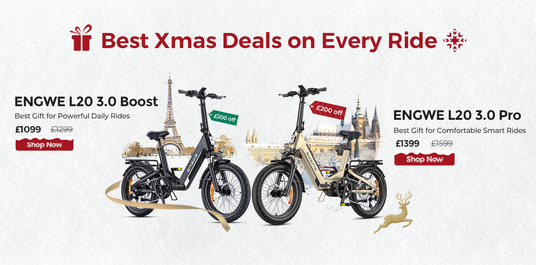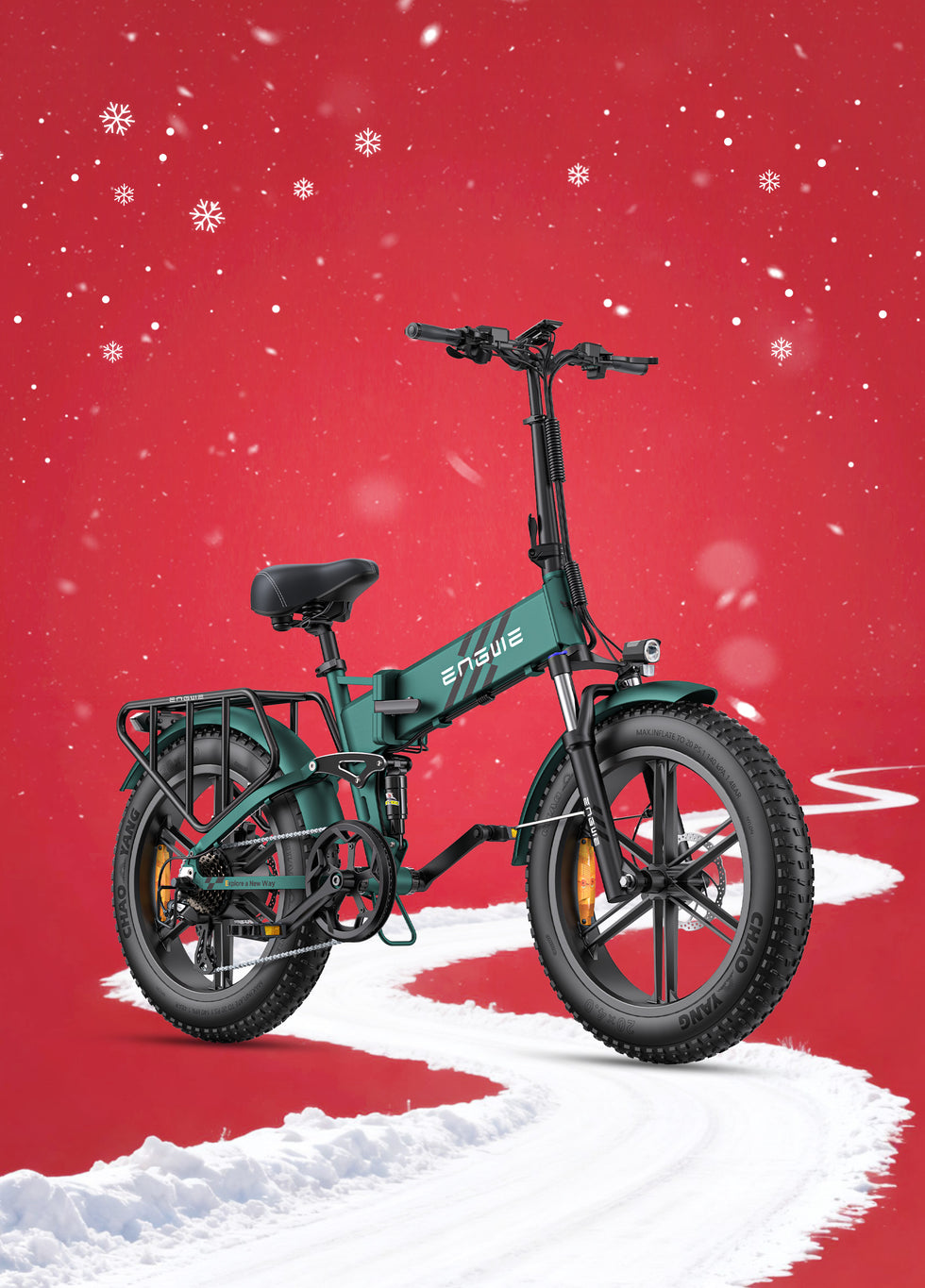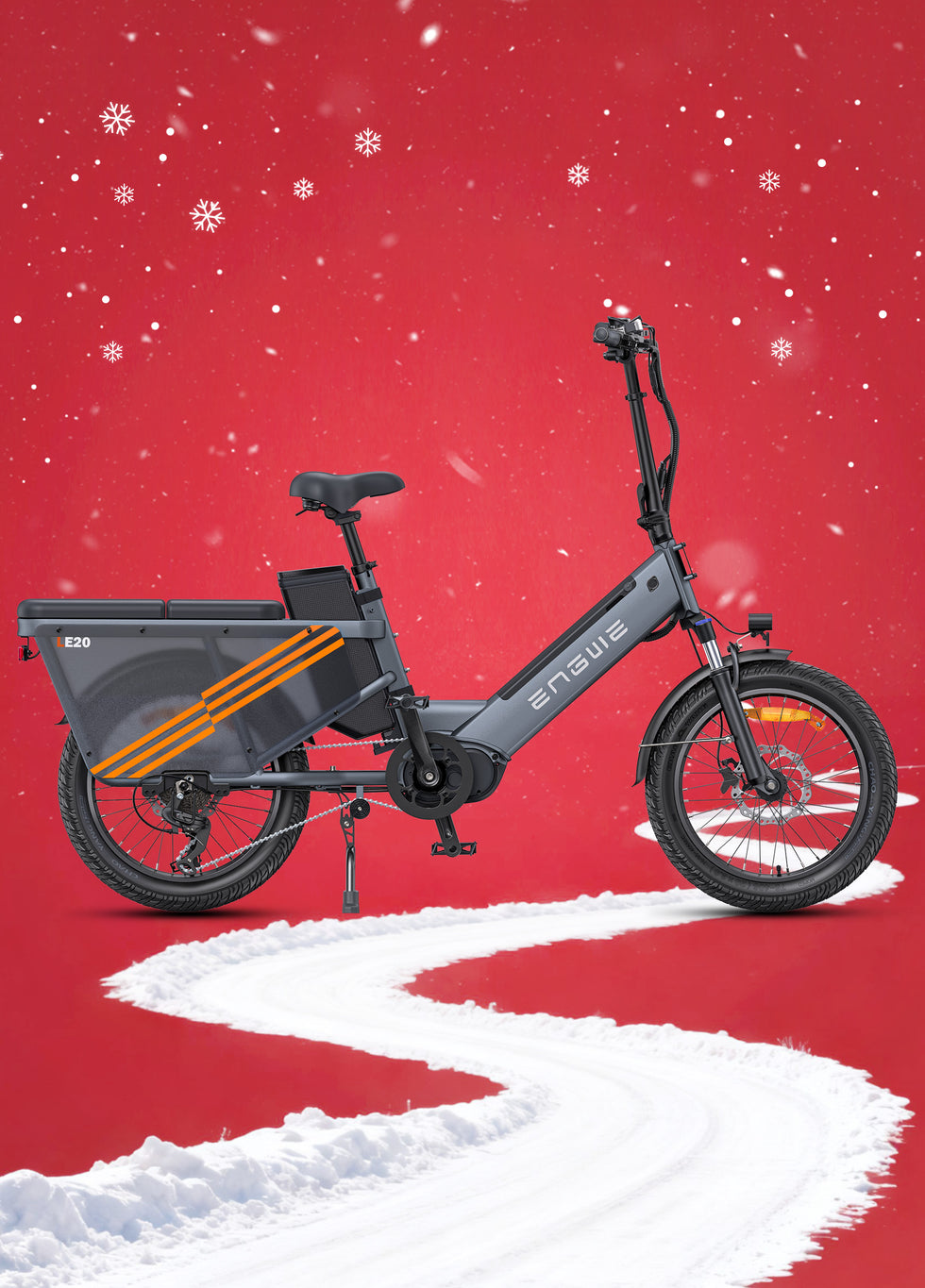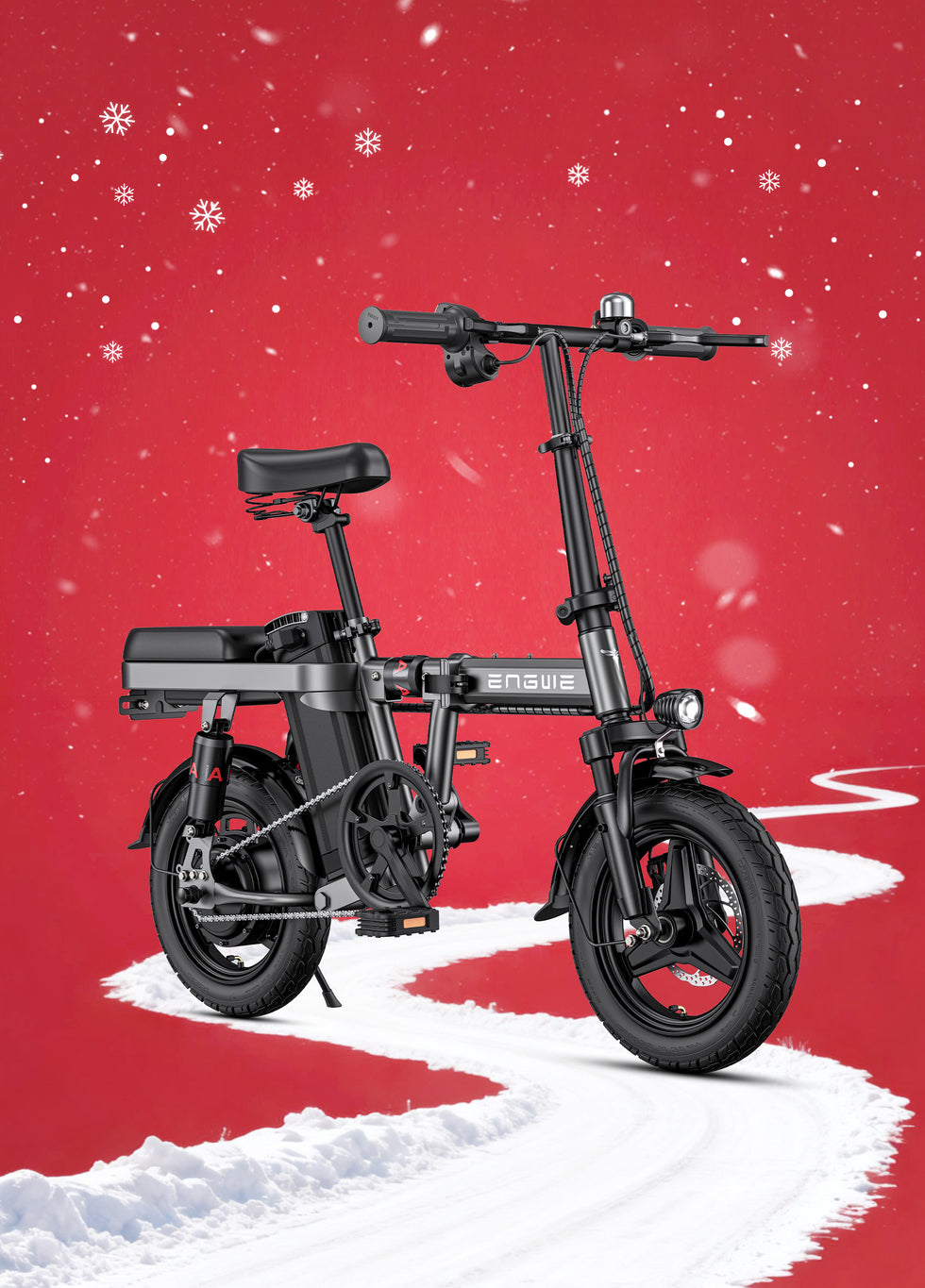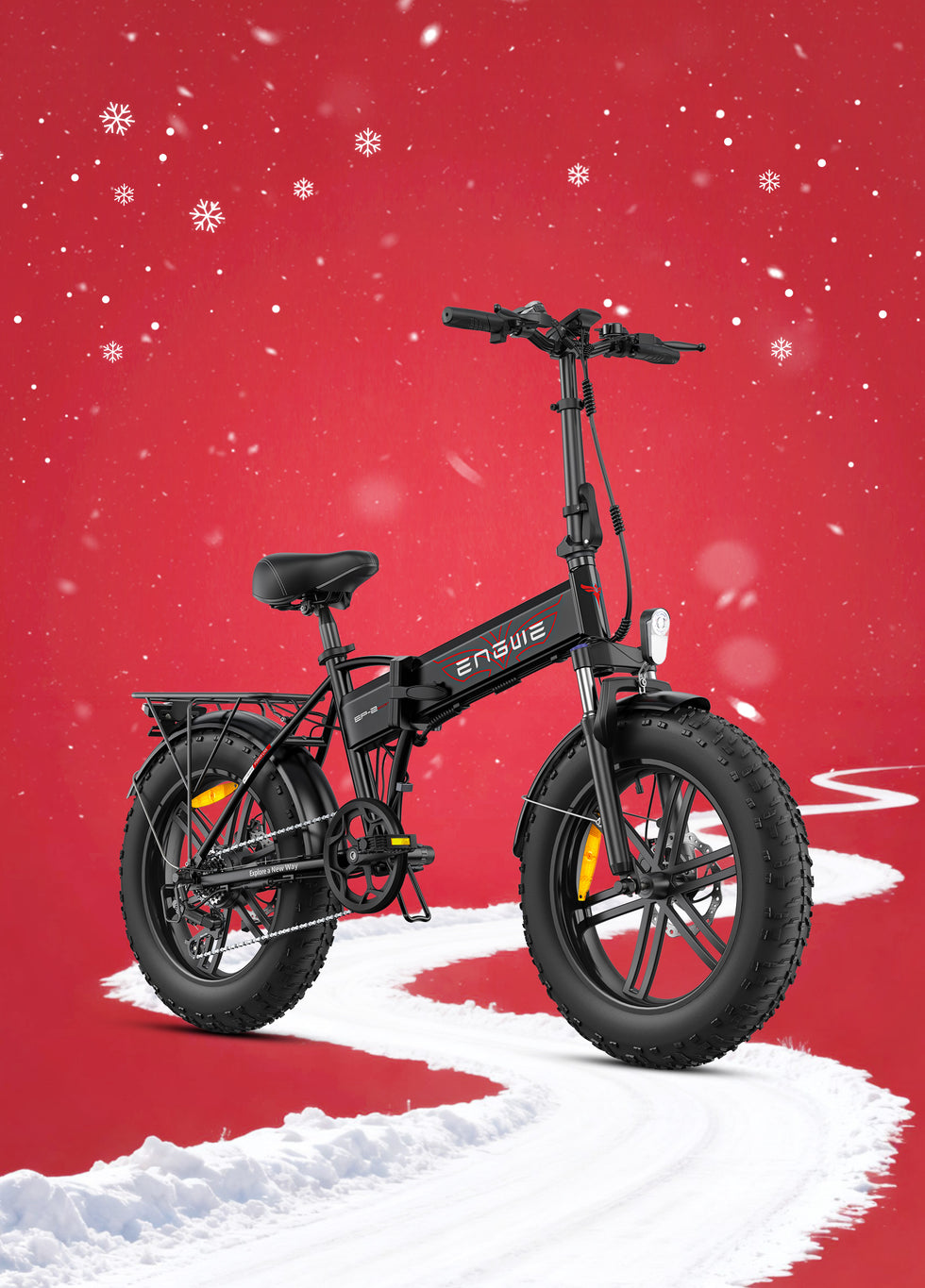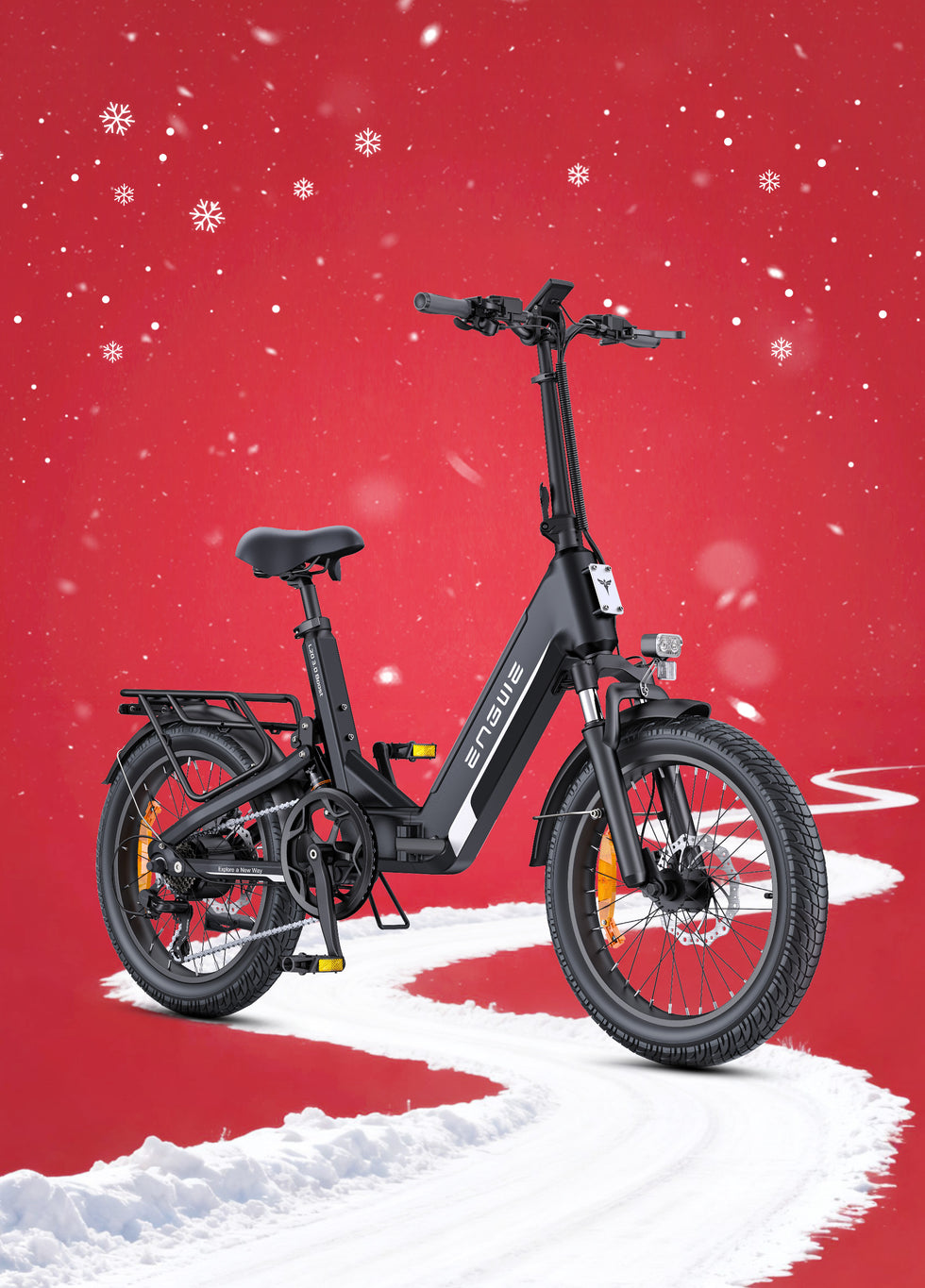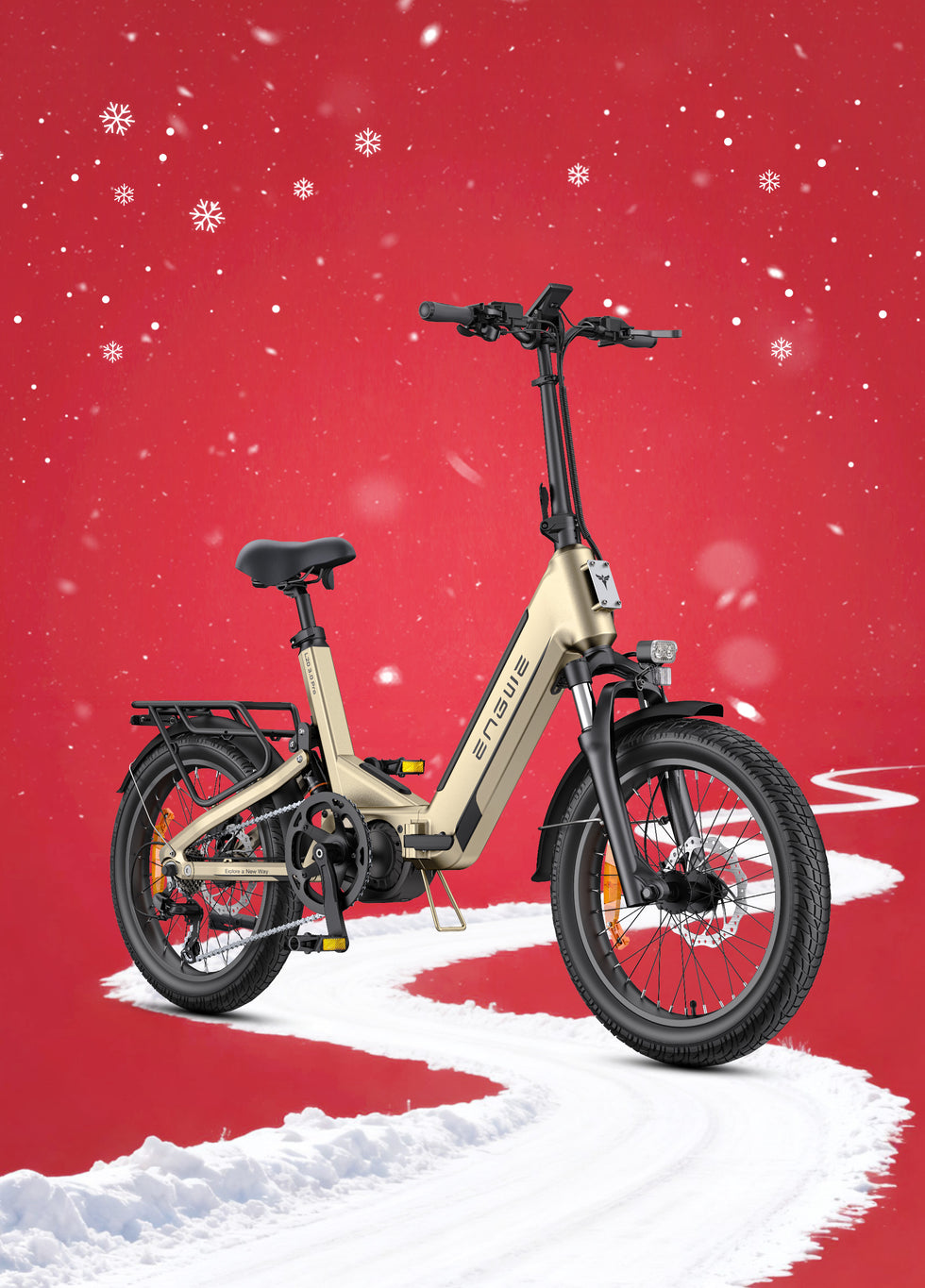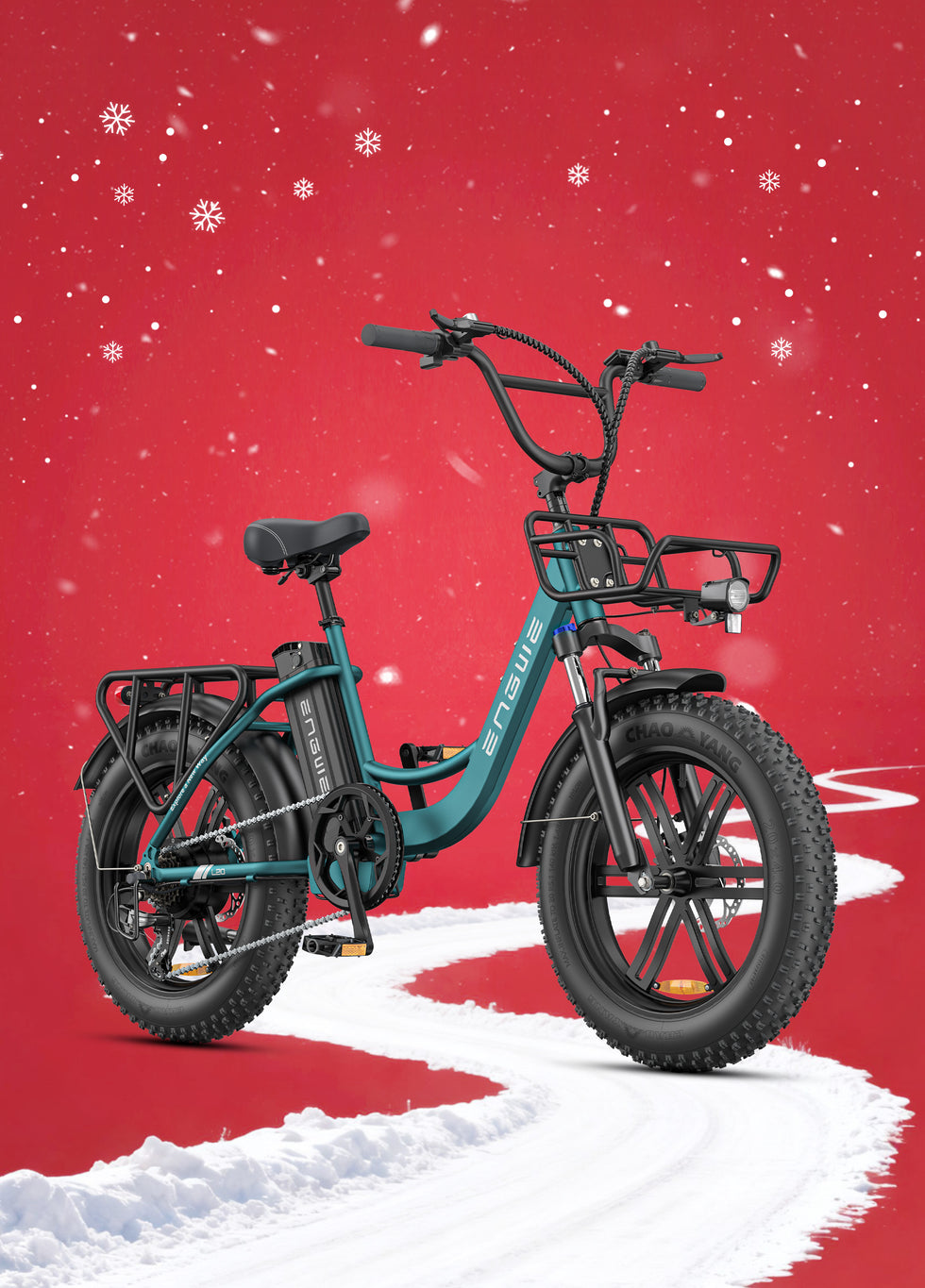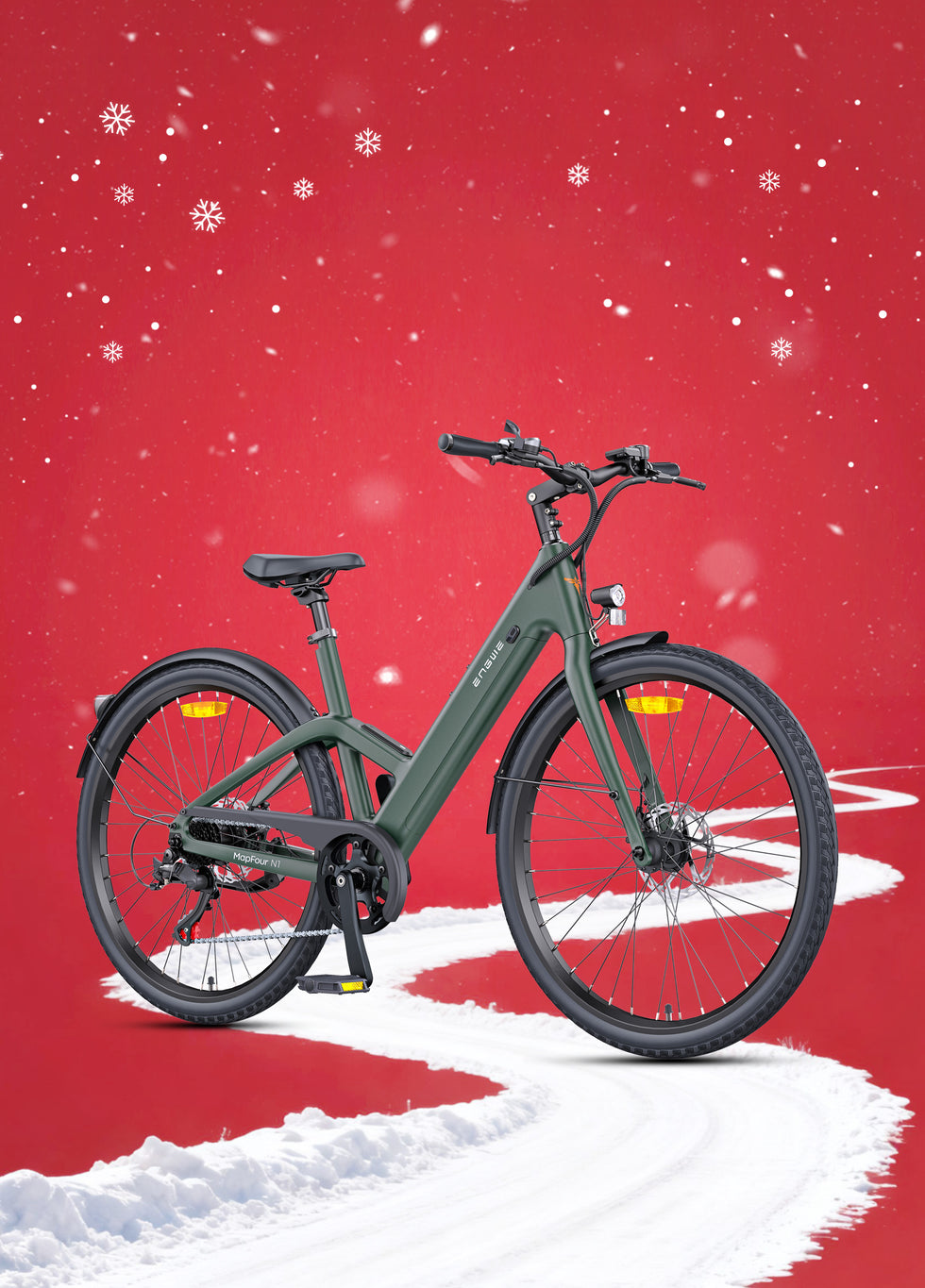The E-Bike Experience: First Impressions
You know the feeling when you find yourself pedalling up a steep hill, legs on fire, breath shallow — only to be passed by another cyclist who whizzes by you with a smile and not a care in the world? It’s likely they were on an electric bike. It had always been the source of a mix of curiosity and scepticism. Was it cheating? Was it complicated? And I finally tasted one, and it changed everything for me. An ebike, or electric bike, is not a scooter in disguise, but a bicycle on steroids. This article will de-obfuscate precisely how an ebike functions, not just why it works — technically speaking — but how it feels to ride and what it can do for you. We will dissect the key features, explain the riding sensation, and ensure you possess all the necessary knowledge to embrace this new technology.
How an E-Bike Works: The Core Technology
Three main parts, the motor, the battery and the controller, are the core of an electric bike that work together to make the e-bike move. Think of them as the muscles, heart and brain of the ebike. The battery is the heart, a high-capacity lithium-ion power pack, which holds all that electrical energy. Basically, it’s the bike’s fuel tank, and the size of the battery in Amp-hours (Ah) and Volts (V) will determine how far you can go on one charge. The motor does the heavy lifting, powering your pedalling. The latest power cap in the UK and EU is a combined maximum output for continuous power of 250W. Motors can be found at the hub of the front or rear wheel (the former is known as a hub motor), or mounted in the middle of the bike, where the pedals are (a mid-drive motor). Last but not least is the controller, the brain of the ebike. That’s the little, shielded-in computer that sits out of sight and takes input from you and the bike’s sensors to instruct the battery on just how much juice to send to the motor. It’s that smart link that makes the entire system feel seamless and responsive.
So, what does this "magic triangle" look like in action? And that's where we're setting the record straight on the most relatable misconception. You still have to pedal. The system functions primarily via what’s known as a Pedal Assist System, or PAS. When you start pedalling, a sensor notes the movement and tells the controller to power up the motor. The result is an instantaneous, seamless gush of power that feels as if a steady tailwind is forever at your back. The vast majority of ebikes offer several levels of pedal assist, activated via buttons on the handlebar. Level 2 may deliver a subtle push, ideal for riding around on the flats, while level 3 can help you ride like an F1 racer, breezing past hills that would otherwise force you off your bike for a walk. This is what makes ebikes so genius: you’re still in control of the effort, always. You can opt for a full-on workout with barely any assistance, or get the most assistance to arrive at work without breaking a sweat. It’s still your power, only magnified.
The whole thing is made even more intuitive by the type of sensor the ebike employs. The primary categories are cadence sensors and torque sensors. The cheaper of the two is a cadence sensor, which recognises when you’re pedalling and instructs the motor to deliver a certain level of power depending upon which level of assistance you’ve selected. You can think of it as a motor on/off switch. A torque sensor is even more complex. It gauges how much you are pushing on the pedals and tells the motor to offer a corresponding amount of help. If you pedal harder going up a hill, the motor provides more power. You lead, it follows: when you back off on a flat, the motor does too. This results in a lighter and more responsive feeling ride that really feels like it is part of your own body, for a smoother and more efficient battery use. In addition, you would be able to see how fast you’re going, the level of the battery, how far you’ve gone, etc., with the small display on the handlebar or on the frame, allowing you all the control you require while riding.

Putting It All Together: A Real-World Example
To understand how all of these factors fit into a package that is indeed modern and fully-featured, take a great example: the ENGWE EP-2 Boost. This bike is the perfect example for what to look for. Underneath the hood it features an EU-legal 250W brushless motor that runs seamlessly via a fine-toothed torque sensor for an extremely smooth and intuitive ride, remember? This system gives you an outstanding 55Nm of torque, allowing you to power up the toughest of hills, also aided by the bike's special Boost button for when you require instant mushroom cloud power at your fingertips. All of this is controlled by an easy-to-read LCD display and a dependable SHIMANO 7-Speed Gear system. There's also a strong emphasis on real world practicality – the removable 48V13Ah battery will give you up to 120km of trouble-free riding, without for a second falling foul to range anxiety. The versatile 20x4.0 fat tyres and a front suspension, so it’s comfortable on everything from city roads to gravel paths and its compact fold means it’s easy to store and easy to transport. And, with powerful 180mm disc brakes for quick stopping power and a substantial rear rack included, it's a fully well-equipped electric bike that's designed with both adventure and around-town utility in mind.
| Feature | Specification |
|---|---|
| Motor | 250W Brushless Motor |
| Torque | 55Nm |
| Battery | Removable 48V 13Ah Lithium-ion |
| Max Range | Up to 120km |
| Gears | SHIMANO 7-Speed |
| Tyres | 20x4.0 inch Fat Tyres |
| Brakes | 180mm Disc Brakes |
| Suspension | Front Suspension |

Practical Ownership and Final Thoughts
Of course, aside from the core technology, there are practical matters for any would-be ebike owner. The most frequently asked question of all: “How far will it go?”. The 120km quoted by manufacturers, such as the one for that impressive sounding model, will usually be an ideal-case scenario. Several other factors affect the real-world range: your weight, the terrain (riding uphill drains the battery in short order), the level of pedal assist you employ and even wind resistance. If you use a lower assist level you will get way more mileage. Charging is yet another straightforward, but crucial, feature. And, most (especially good ones) ebikes have a removable battery. This is so convenient, as you can release it from the frame and take it inside your home or office to charge it using a standard wall socket and it also keeps the very valuable battery out of harm's way. It’s quick and simple to top up the battery at night to ensure you have a full charge for the following day — which usually takes just a couple of hours.
In the end, an electric bike is simply your power multiplied by electricity, rather than the end product of humanity and electricity combining to form a bike. It’s not a substitute for cycling; it is an enhancement. It flattens hills, shrinks commutes and introduces the fun of pedalling to people of all fitness levels. Maybe it’s bringing groceries home without a fight, going farther than ever before, or doing more miles on a healthier, more eco-friendly ride. It’s not about avoiding effort; it’s about making effort count and turning an arduous journey into a joyful adventure.
An electric bike works by adding to your own pedalling power with the assistance of a battery and motor, making cycling even easier, faster and more enjoyable.

Frequently Asked Questions
-
1. What are the UK and EU e-bike laws I need to know?
In the UK and European Union, ebikes must comply with a number of rules so that it is considered to be a bicycle and not a moped, which means you don’t need a license, tax or insurance. The fundamental rules are that the motor cannot produce more than 250 watts of continuous power and the electric assistance must stop when you reach a speed of 25km/h (15.5mph). You have to be pedalling for the motor to kick in - "twist-and-go" bikes that can be started from scratch are usually not legal to use on the road without type-approval as a moped.
-
2. Is maintaining an electric bike much more complicated than a standard bike?
Not at all. At the highest level, caring for an ebike is much like caring for a regular bicycle. You will still have to keep abreast of the tyre pressure, clean and lubricate the chain, and make sure the brakes are operating properly. The electrical parts — the motor, battery and controller — are encapsulated units designed to be super-easy to maintain and weather-resistant. Keeping the battery in good condition is the main extra care step; this means not exposing it to high temperatures, not running it totally flat too often, and using the correct charger.
-
3. Can I still get a good workout on an electric bike?
Absolutely. This is one of the most common myths surrounding ebikes. Assistance is available only when you are pedalling the bike. You can always control the level of help you receive from the pedal assist levels. You can opt for a low level of assistance if you want to work hard, or crank that up, for an easy spin. Indeed, research has found that ebike owners typically ride more frequently and for longer distances than their conventional brethren, so they probably get more overall exercise over time. It flattens the obstacles — powerful hills or meaningful distances — that might otherwise dissuade you from riding in the first place.
-
4. Is it OK to ride an ebike in the rain?
The answer is yes in the case of ebikes, which are made to be ridden in a range of weather conditions. The electric elements such as motor and battery are enclosed in sealed, moulded cases which are resistant to water and the elements. But this also means they’re water resistant, not completely waterproof. You can ride it in rain and through puddles, but you would not want to deliberately submerge it in water, or clean it using a high-pressure jet wash because that might get past the seals and damage the electronics. It’s also a good idea to give the bike a wipe down after a wet ride to stop the bike from rusting.
-
5. What is the real-world difference between a cadence sensor and a torque sensor?
The sensor is a key component in the way the bike feels when you ride it. A cadence sensor just senses whether your pedals are turning. It automatically tells the motor to provide a fixed amount of power based on your desired level of assistance. And that can be just a little twitchy: power on, power off. A torque sensor is more sophisticated, gauging how much power you are putting into the pedals. Your effort makes the motor engage and give you an extra push. The bike feels much more natural and more connected to the road, as you only feel as though you have had one extra Weetabix for breakfast. It also tends to be more efficient, providing power only when you actually need it, potentially stretching the battery’s range.
